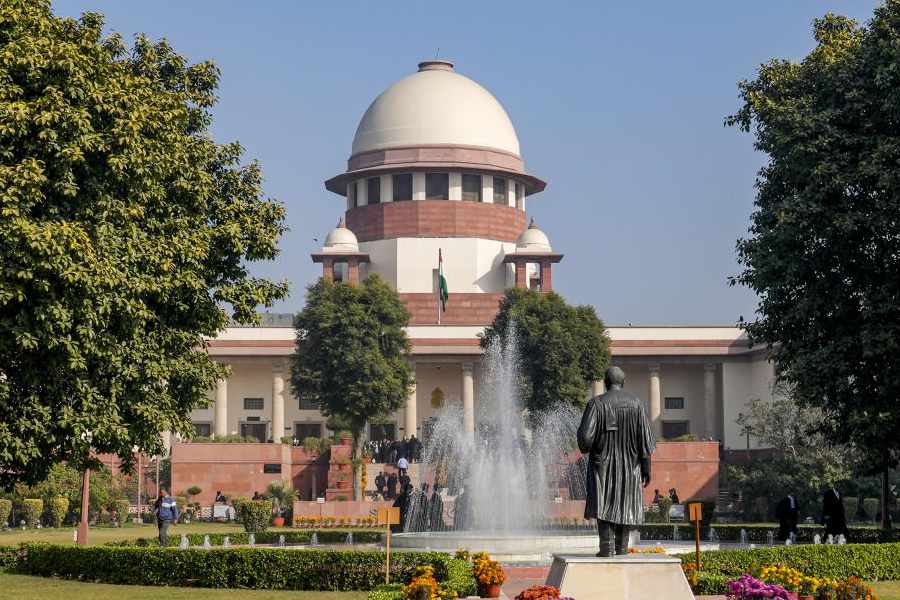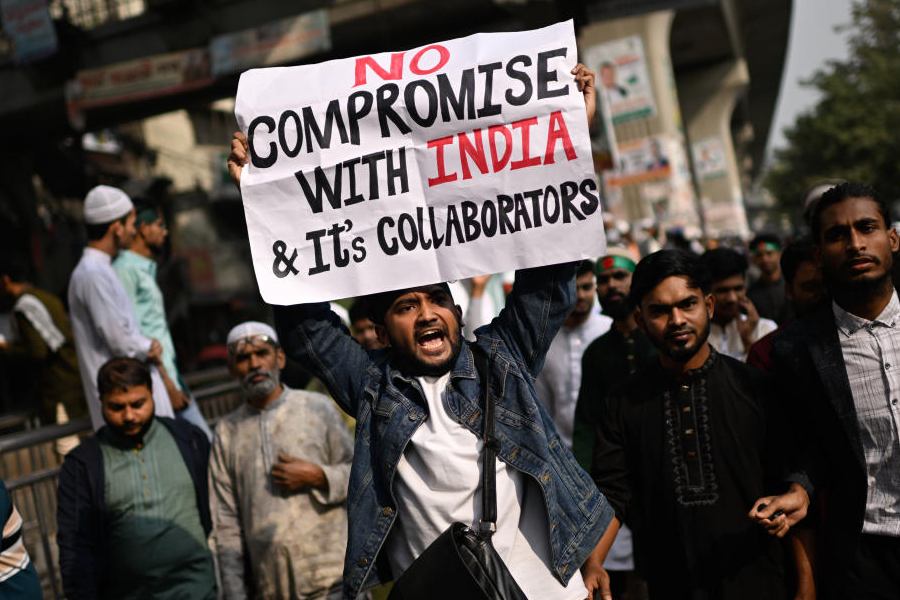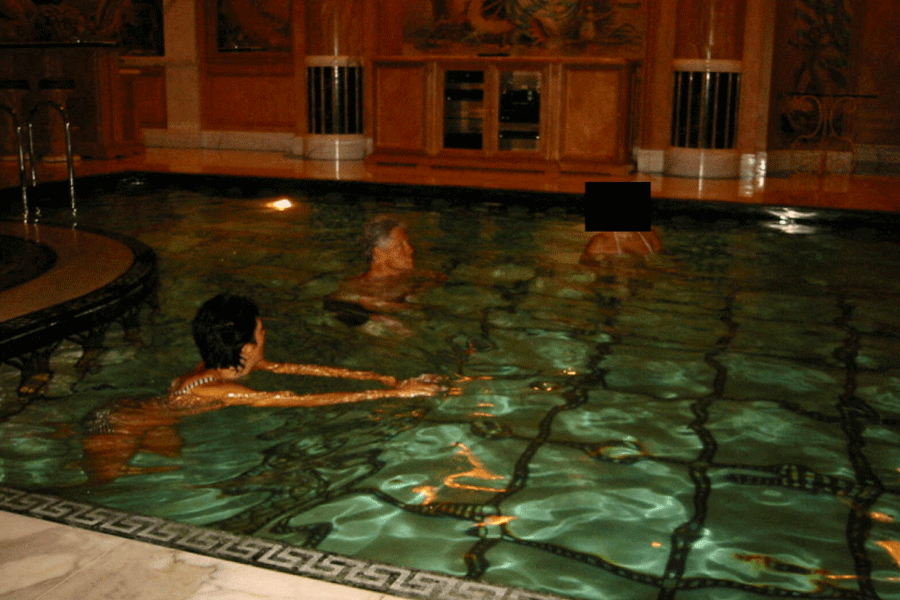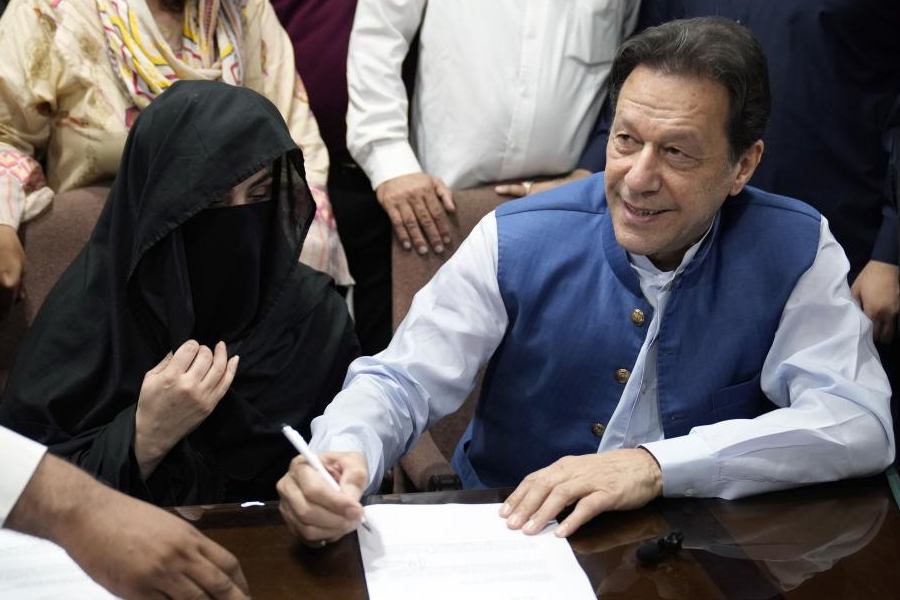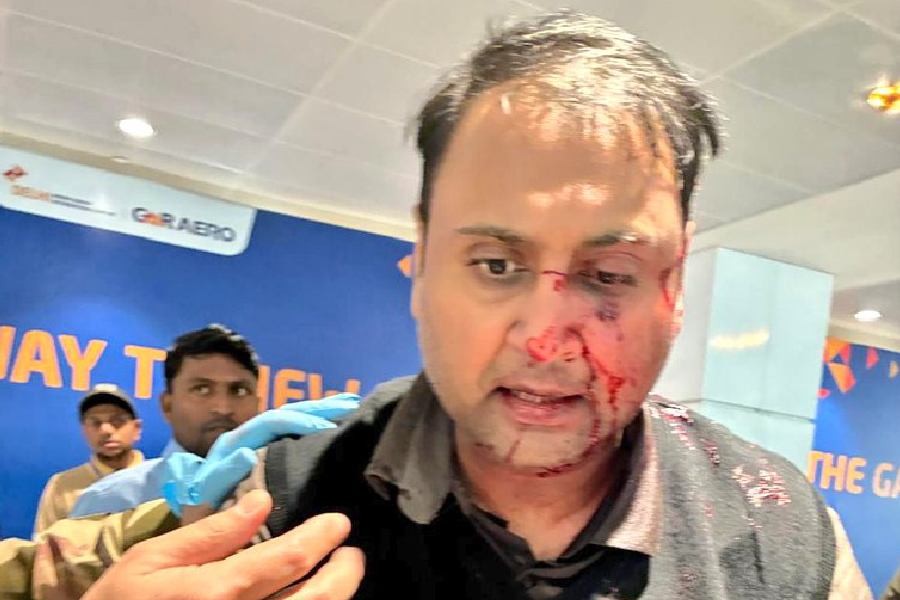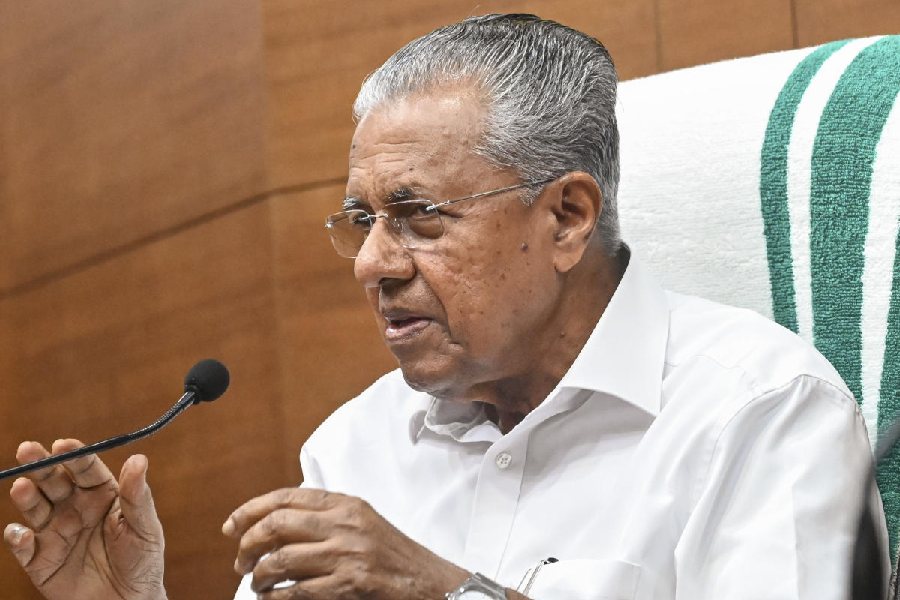 |
A lot of people, when faced with the prospect of a holiday, often prefer to take the easy way out ? they fly to save time, or travel by train, as it’s comfortable. Only a few decide to go by road, because road travel is deemed dangerous and tiring. As if planes don’t fall out of the sky or trains never get derailed killing or injuring hundreds in the process.
Recently, I was in Lucknow. Prior to that, I’d been planning to drive down with some friends who were coming in from Gujarat and the UK. Just when I was all charged up and had almost completed my planning and arranged a car, the Amdavadis ? not the Brits ? chickened out at the last minute and to cut a long story short, I found myself looking out of the window of a Shatabdi coach clattering its way to Lucknow.
Some years ago, I decided to drive my father’s Premier Padmini from Calcutta to Delhi. At the time, I remember, there was a lot of opposition to this plan, but I was adamant and finally, barring a few incidents on the way, I made it into Delhi. I also remember that at the time, there was very little information to guide me. Prior to the trip, I’d searched the Internet for help and three websites came in handy ? The National Highway Authority of India (NHAI), The FHRAI and Maps of India. But I ended up using my old TTK School Atlas of India on the road and managed to get to Delhi without losing my way, though I may have Sher Shah Suri to thank for making GT Road. Now of course, thanks to three books released last year, travelling by road has become more interesting, particularly if one is thinking of a driving holiday. The good thing about the books is that they come in a car-friendly size.
The first of these is a paperback titled Autocar India Driving Destinations. Both text and photographs are by Rishad Saam Mehta, travel correspondent for Autocar India. Driving Destinations starts with a discussion on why one should look at driving holidays and goes on to give pointers on how to plan one. It features 24 driving destinations and each is divided into four sections.
The destination notes start with the highlights of the state, including a note on the best time to visit. Then come tips on planning the drive ? what to do enroute and where to do it. This section also includes a road map with distances marked out on it and a distance chart including a starting point ? very much in the vein of a car rally tulip chart! The section on the places to visit in and around the destination is brief but to the point. The notes end with a list of accommodations and recommendations. A generous sprinkling of photographs throughout each destination brings it alive for readers.
The second book, a hardcover, is Driving Holidays in India written by Bob Rupani. Bob is a wildlife enthusiast, an exceptional photographer and a kite-flying specialist. He has also been executive editor of Car & Bike International and auto motor & sport magazines. Bob has had a lifelong ongoing affair with the ‘open road’ and some of that experience has resulted in Driving Holidays in India. Bob has opted for the more flexible itinerary approach instead of a more strict tulip chart.
The book starts off with a page on why a driving holiday is the best way to see India and another page on what a driving holiday is all about in terms of preparation ? personal and the car. The contents page is elaborate but it’s easy to find the itinerary one is looking for. There is a total of 25 itineraries, as also a blast from the past chapter that makes for good reading, where two trips in the early 50s (Delhi to Calcutta in a Leyland double-decker bus, and Madras to Cape Comorin in a rear-engined Renault) are related.
Each chapter starts with the drive. The various cities enroute are also described along with a list of hotels. The chapter ends with a route map and a distance chart.
Both books are worth keeping in the car or in the library at least. Bob Rupani’s book is packed with information while the Autocar India book is very useful too. Each is supported by an Indian car manufacturer and consequently, the photographs in both the books include images of cars. The authors have tried their best to get the car to blend in with the scenery. Also, the list of service centres in both books relates to the sponsor’s marque only, so anybody in some other marque of car would be well advised to get a list of service centres before starting out. If the books are to be criticised at all, it would be the fact that Eastern India (Bihar and West Bengal, though there may be compelling reasons for leaving Bihar out), especially the North East, is largely ignored.
The third book complements both the guides spoken of above. It’s actually a much-awaited Road Atlas of India, published by Eicher Goodearth in alliance with the Survey of India and NHAI. Yes, the AAEI does have a book with a distance chart and other facilities, but it is not updated regularly.
The Road Atlas of India is very much in the mode of the Eicher city guides, with a grid map of India on the inside cover followed by clear instructions on using the atlas. The initial pages are given to tourist-friendly descriptions of various cities categorised by directions of the compass. The city map pages also have heritage sights marked out on them. At last, Indians do not have to rely solely on the Lonely Planet India & Bangladesh road atlas (or a TTK Indian School Atlas). But why does the Eicher atlas have to cost Rs 370 when one can get the Lonely Planet version for Rs 175 or thereabouts?
The moot point is that now with a three-pronged book attack, Indians should start using cars more often. Winter is one of the best times to get out and about and the highways are improving slowly. However, once there is an increased demand for better roads and the Government realises that better roads result in lower fuel consumption, lower cost of maintenance and better vehicle flow, maybe these books will spend more time in cars than on the bookshelves! It’s time to hit the road!
Book cover photographs by the author


